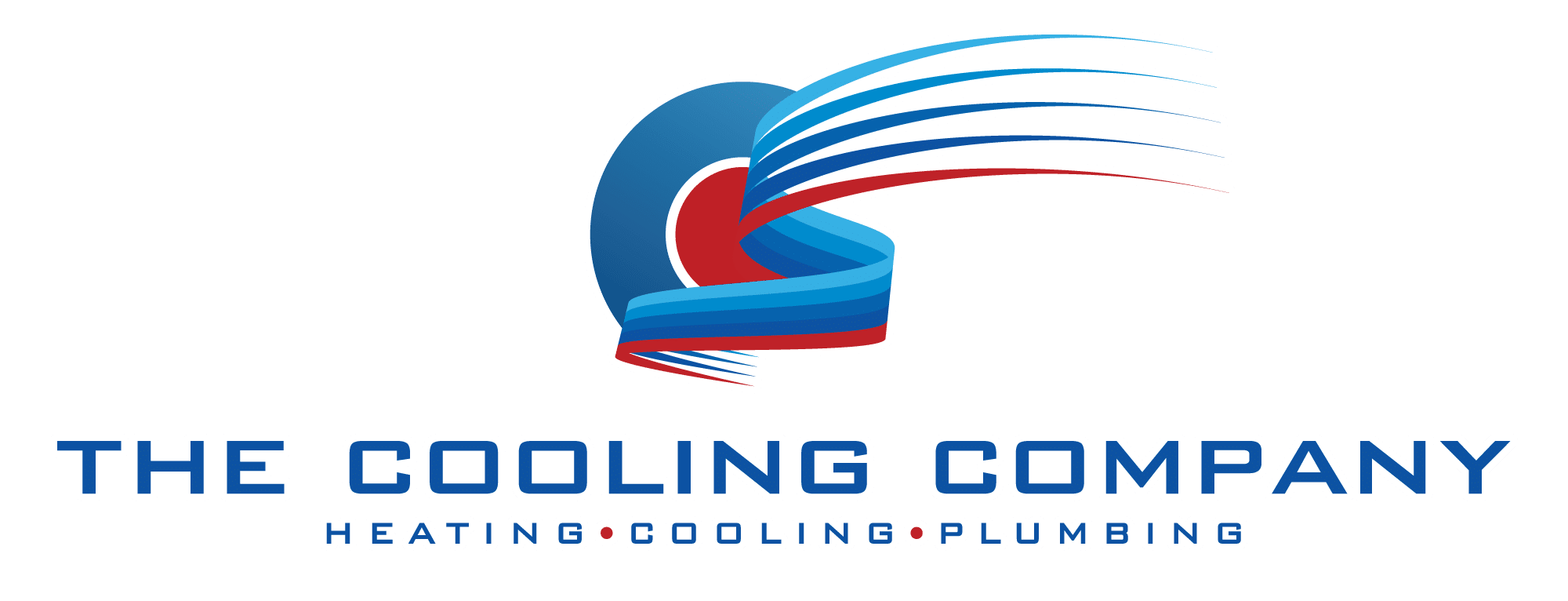Older homes enchant us with their character—plaster walls, original hardwood floors, and intricate moldings that reflect craftsmanship from another era. Yet these very elements can complicate modern upgrades like central air conditioning. Unlike newer builds with ready duct trenches, historic residences often lack any forced-air infrastructure. Contractors must carefully carve pathways through walls or squeeze runs into tight attic spaces, all while preserving delicate finishes.
This guide walks through every factor that drives the cost of installing central air in an older home, shares realistic price ranges for the Las Vegas market, and reveals savvy strategies to bring modern comfort to your vintage abode without breaking the bank.
1. Understanding the Challenges of Historic Properties
Installing central air in a home that predates the 1950s requires more than simply choosing equipment and calling an installer. In many historic homes, radiators or wall heaters were the only means of temperature control, leaving no hidden cavities for airflow. Beyond ducts, the physical layout demands creative solutions—attics with low clearance, narrow hallways, and rooms divided by solid plaster partitions. If a full duct retrofit isn’t in the budget, targeted equipment swaps can still deliver big payoffs—see our Retrofit Air Conditioning guide for budget-stretching strategies.
Absence of Existing Ductwork
When no ductwork exists, every new channel represents both labor and finish-repair costs. Contractors may need to chase chases through plaster and lath or build soffits to hide rectangular runs. This invasive work can add thousands of dollars, especially if extensive drywall patching and trim restoration are required. For proven best practices on sealing, insulating, and minimizing energy losses in ducts when retrofitting existing homes, see the U.S. Department of Energy’s guide on Minimizing Energy Losses in Ducts.
Navigating Delicate Finishes
Historic moldings, built-in cabinetry, and original door casings demand respect during any renovation. Installers often route ducts through closets or attic spaces and use flush-mount registers painted to blend with existing trim. Always request a pre-install visit to discuss finish protection and ensure your installer has experience with historic preservation.
Unique Architectural Layouts
Older floorplans seldom conform to the boxy layouts of modern tract homes. Each twist and turn introduces additional labor hours and coordination between HVAC, electrical, and insulation crews. Ask your installer for a detailed plan showing duct routes, equipment placement, and any proposed structural modifications.
2. Choosing the Right Equipment for Efficiency & Savings
Central air systems are rated by tonnage—1 ton equals 12,000 BTU per hour—and by efficiency, measured in Seasonal Energy Efficiency Ratio (SEER). In Las Vegas’s scorching summers, a three-ton system is common for a 1,800-square-foot home. Standard SEER 14–16 models cost $2,500–$5,000, while SEER 18–20 units carry a $500–$1,500 premium. For rebate details and financing tips, see our Update HVAC System guide.
Proper Sizing & Manual J Calculations
A Manual J load calculation factors in square footage, insulation, and local climate data to determine the exact cooling capacity your home requires. For a walkthrough, read What AC Unit Size Do I Need?
Decoding SEER Ratings
SEER 16 removes 16 BTUs of heat for every watt consumed. Before purchasing, investigate local rebate programs—a SEER 16 unit might qualify for up to $500 back, while SEER 20 could yield rebates exceeding $1,000.
Balancing Brand & Warranty
Name-brand manufacturers such as Lennox, Trane, and American Standard often command a 10–20% price premium but include longer warranties and stronger service networks.
Vet your installer before you sign: demand clear parts-vs-labor pricing, written workmanship warranties, and a day-by-day timeline. A transparent contractor protects both your budget and your historic finishes.
3. Labor, Permits & Installation Considerations
Skilled Labor & Seasonal Pricing
HVAC pros in Las Vegas charge $75–$150/hr, with labor time ranging from 4–6 hours for coil swaps to 40–60 hours for full duct installs. Spring and fall shoulder seasons often unlock off-peak discounts.
Permit & Inspection Requirements
Permit fees typically range from $300–$800 and cover plan reviews and final inspections.
Testing & Quality Assurance
Post-install duct leakage testing ($200–$400) plus refrigerant-charge and airflow checks ensure long-term efficiency.
Quick cost check: natural-gas, oil, and all-electric equipment each carry different upfront prices and long-term utility bills—ask for a side-by-side comparison before choosing.
4. Real-World Cost Breakdown — Las Vegas Area
- Equipment (2–3 ton, SEER 14–16): $2,500–$5,000
- Full Ductwork Installation: $6,000–$12,000
- Labor (40 hrs @ $100/hr): $4,000–$6,000
- Permits & Testing: $500–$1,200
5. Tips to Save Without Compromising Quality
- Shop Off-Peak: spring/fall scheduling often unlocks labor and equipment discounts.
- Bundle Services: pair HVAC upgrades with insulation or electrical projects.
- Pursue Rebates & Credits: high-SEER installs frequently qualify for up to $1,000 in incentives—track deadlines early.
- Consider Retrofits: if ducts are sound, swapping condensers and coils can cost 40–60% less than a full system replacement.
- Get Multiple Bids: compare at least three licensed contractors for competitive pricing.
- DIY Prep Counts: measure rooms and review your contractor’s Manual J load calculation before approving estimates.
6. Ensuring Longevity Through Maintenance
Regular Filter Replacements
Annual Professional Tune-Ups
Duct Sealing & Insulation
Monitoring Energy Bills
A well-maintained HVAC system can last 15–20 years, delivering dependable comfort and energy savings.
7. Final Thoughts
Installing central air in an older home typically ranges from $13,000 to $24,000+ for a 1,800 sq ft Las Vegas residence. By understanding historic-property challenges, selecting the right equipment, timing your installation, and leveraging rebates, you can modernize without compromising your home’s character—or your budget.
Need a deeper dive? Check our comprehensive HVAC Installation Guide for every phase—load calculations, duct layout, and startup testing.



